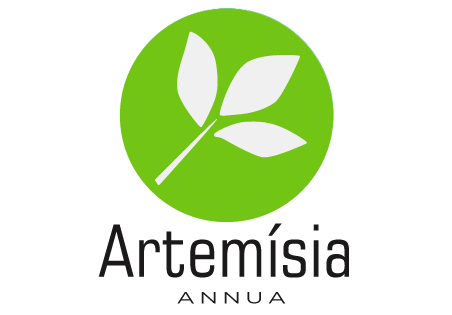ARTEMISIA PENDANT LA GUERRE DU VIETNAM

L'Artemisia annua a pris de l'importance pendant la guerre du Vietnam. Le Viêt-Cong, qui opérait dans les marécages et les forêts tropicales, a perdu plus de soldats à cause des piqûres de moustiques (paludisme) que des balles américaines. Face à cette situation, Ho Chi Min a demandé l'aide de son alliée la Chine, qui a massivement distribué l'Artemisia. Cela a grandement contribué à la victoire des forces armées nord-vietnamiennes.
Des chercheurs du Chines Materia Medica Institute ont découvert une région de la Chine qui n'a signalé aucun cas de paludisme. Lorsqu'ils enquêtèrent, ils découvrirent que ses habitants buvaient une décoction d'Artemisia annua dès les premiers symptômes du paludisme.
En fait, l'Artemisia sauvage est utilisée depuis des millénaires dans de nombreuses régions de Chine et est toujours utilisée pour traiter les fièvres et le paludisme. Il était facile d'acquérir des tonnes de cette herbe séchée pour le Vietcong. Pris en infusion, cela a fonctionné à merveille. Les Américains, coincés avec leurs pilules dérivées de la quinine (chloroquine) moins efficaces, n'ont jamais su ce qui s'était passé.
Dès 1967, face à une forte résurgence du paludisme dans les provinces du sud, les autorités chinoises lancent un programme national impliquant plusieurs centaines de scientifiques chinois. Une partie de ce projet, appelé « Programme 523 », visait à explorer la médecine traditionnelle chinoise à base de plantes.
Plus de 1000 échantillons de plantes différentes ont été étudiés à l'aide de méthodes modernes et l'isolement des principes actifs est contrôlé par des tests antipaludiques sur des modèles animaux.
De nombreuses substances actives ont été isolées, par exemple le yingzhaosu, à partir des médicaments antipaludiques traditionnels Dichroa febrifuga et Arbotrys uncinatus. Il semble donc que ces activités aient commencé plusieurs années avant la guerre du Vietnam et l'appel à l'aide du Vietcong. Et que les activités scientifiques faisaient partie d'un programme national et ne se cachaient pas quelque part dans les caves.
Référence : Xiao-Tian Liang, We-Shuo Fang, Chimie médicale des produits bioactifs naturels. Edité par l'Académie chinoise des sciences médicales à Pékin.















































